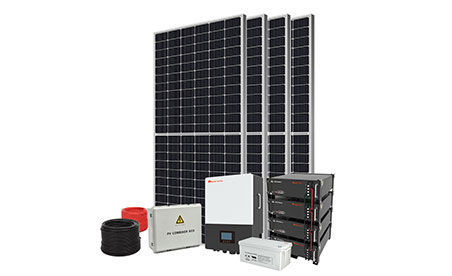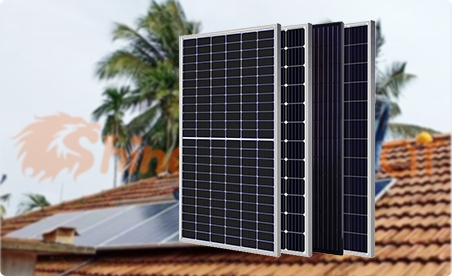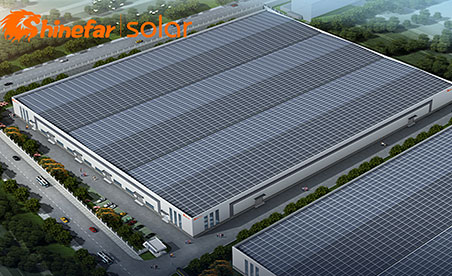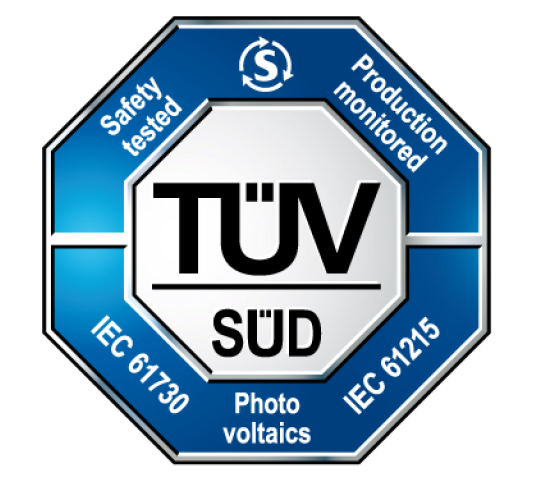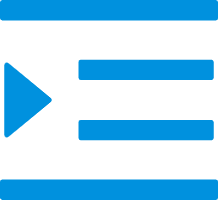
-
 SF-M18/144(520w-550w) solar panel
SF-M18/144(520w-550w) solar panel -
 SF-M18/120(425w-450w)solar panel
SF-M18/120(425w-450w)solar panel -
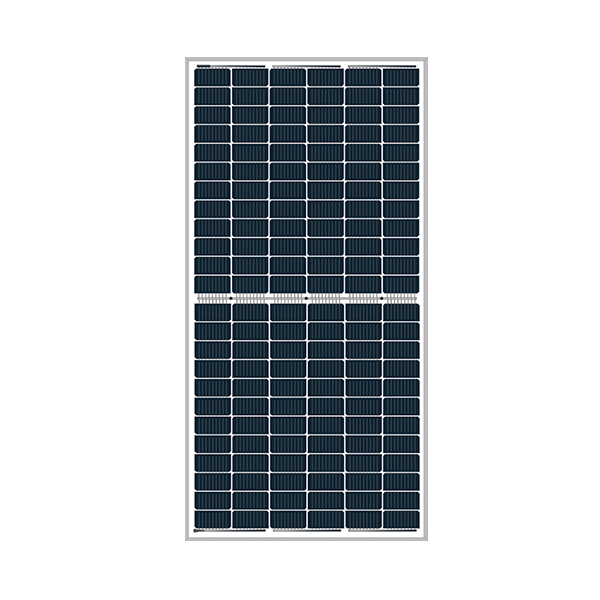 SF-M16/144(430w-460w) solar panel
SF-M16/144(430w-460w) solar panel -
 SF-M16/120(350w-380w) solar panel
SF-M16/120(350w-380w) solar panel -
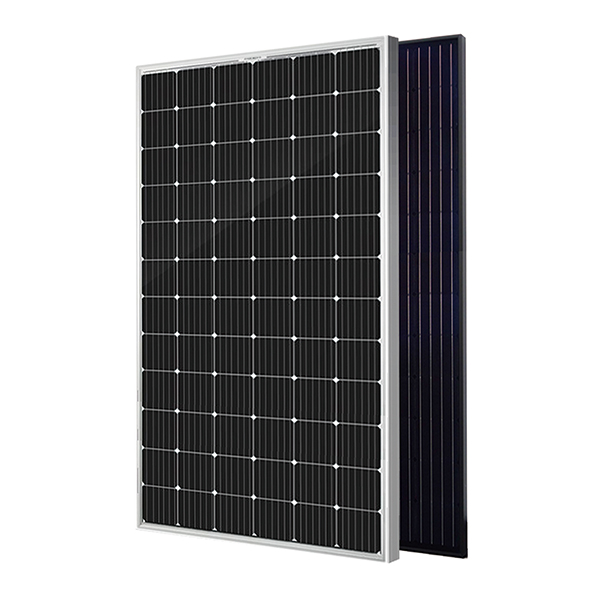 SF-M16/72(410w-450w) solar panel
SF-M16/72(410w-450w) solar panel -
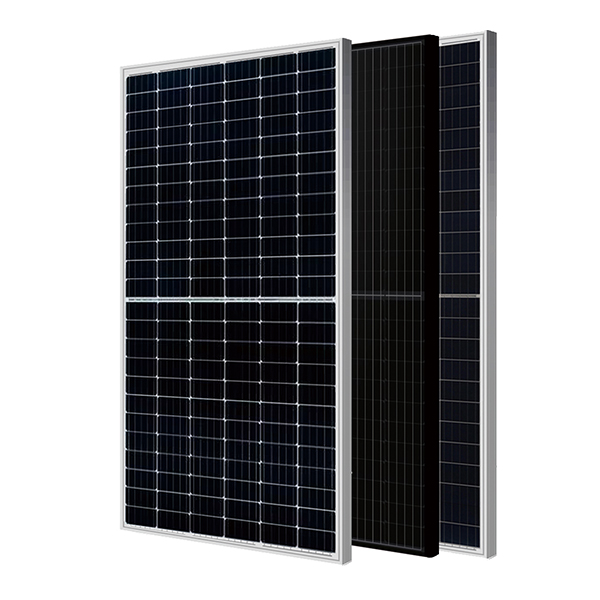 SF-M15/144(390w-420w) solar panel
SF-M15/144(390w-420w) solar panel -
 SF-M18/550w 520w Half Cells Size Solar Panel 144 cells
SF-M18/550w 520w Half Cells Size Solar Panel 144 cells -
 SF-M21/120(585w-605w) solar panel
SF-M21/120(585w-605w) solar panel -
 SF-M21/132(645w-675w) solar panel
SF-M21/132(645w-675w) solar panel -
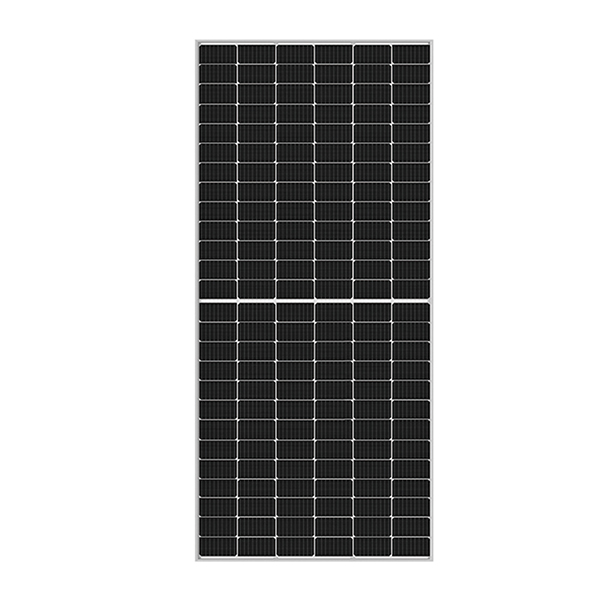 SF-M18/156(570w-600w) solar panel
SF-M18/156(570w-600w) solar panel -
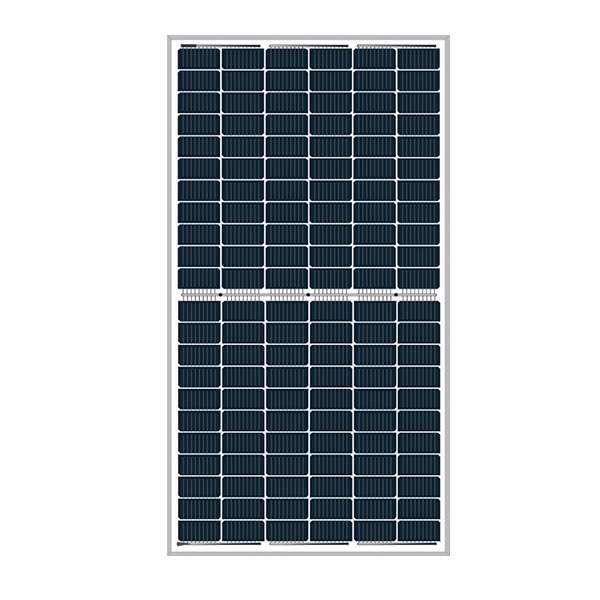 SF-M18/132(470w-500w) solar panel
SF-M18/132(470w-500w) solar panel -
 SF-M16/156(460w-490w) solar panel
SF-M16/156(460w-490w) solar panel
About Wholesale Solar Panel
A solar panel is an electronic device that uses sunlight to produce electric power. Solar panels are used in a variety of applications, including home energy-efficiency upgrades, solar-powered vehicles and renewable energy projects.
Solar panels are a great way to generate electricity from the sun. They are made up of a number of small, thin solar cells that are linked together. When the sun's rays hit these cells, they turn the energy into electrical current. Solar panels can be attached to roofs or walls to harness the sun's energy and convert it into electricity.

Half-cut Panel And Full Panel
With the increasing pressure of power station investors to access the Internet at a fair price, the demand for kWh of electricity is getting higher and higher. The half-cell module series of solar panels has developed rapidly in recent years and its market share has been increasing.
Compared with conventional modules(Full Panel Solar Panel), half-cut modules mainly increase the cost in the manufacturing process, including battery slicing, auxiliary materials and labor costs, and equipment depreciation costs. However, the power of the half-chip module can be increased by 5W-10W or even higher than that of the same type of module. As module prices continue to fall, the overall system cost of half-chip modules is reduced.
Difference between Half-cell Solar Panels and Full solar panels
1. Technology
Use laser cutting method to cut the standard-sized cell into two identical half-cells along the direction perpendicular to the main grid line of the cell, and then weld them in series.
Since the voltage of the solar crystalline silicon cell is independent of the area, and the power is proportional to the area, the voltage of the half-cell cell is unchanged compared with the whole cell, the power is halved, and the current is halved.
2. Process
In order to ensure that the overall output voltage and current of conventional components are consistent, half-cell battery components generally adopt a series-parallel structure design, which is equivalent to two small components connected in parallel.
Regarding the packaging technology, the half-cell module is the same as the conventional module, which is packaged with tempered glass, EVA and backplane. The junction box will be different, generally using a three-part junction box.
In terms of process, the half-cell module process is simpler. Since the number of cells is doubled, the time for battery series welding will also be doubled. The difficulty is that the busbar lead wires are drawn from the middle of the back of the module, and the busbar welding automation will be to a certain extent. It also promotes the rapid development of the half-cell assembly.
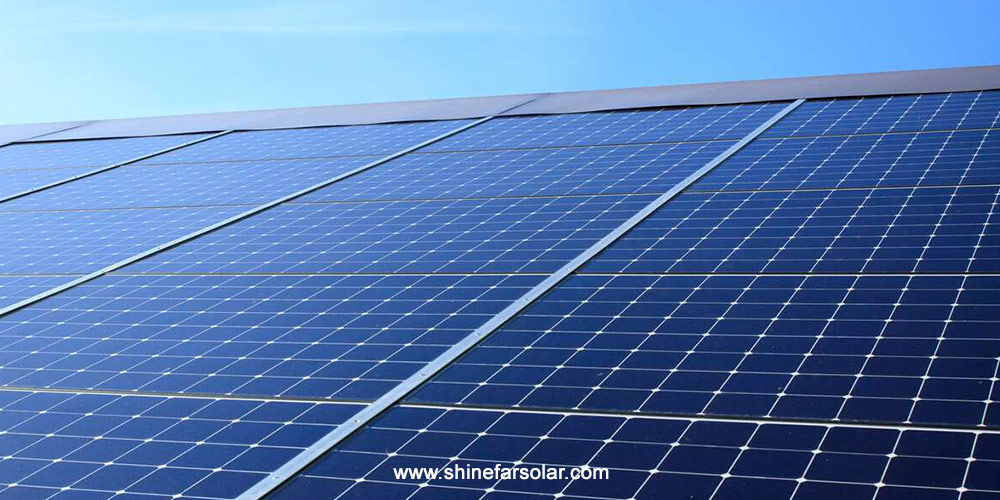
3. Features
Due to the reduction of internal circuits and internal friction, the packaging efficiency is improved; in addition, the operating temperature of the components is reduced, the probability of hot spots is reduced, and the reliability and safety of the components are improved. In terms of shadow occlusion, due to the unique design, it has better anti-occlusion performance than conventional components. Compared with traditional components, half-chip components are mainly manifested in three aspects:
1. Reduce heat generation and temperature loss Due to the reduction of internal current and internal loss, the working temperature of components and junction boxes is reduced, and the probability of hot spots and the risk of damage to the entire component is also greatly reduced. In the outdoor working state of the module, the temperature of the half-piece module itself is about 1.6°C lower than that of the conventional whole-piece module.
2. Reducing shading loss With its special parallel-series structure, half-piece modules can be arranged longitudinally to improve support and land utilization while reducing power generation loss caused by shading.
3. Improve packaging efficiency The packaging loss of conventional components is generally greater than 1%, while that of half-chip components is generally about 0.2%. Therefore, the half-chip module utilizes the low current feature, which effectively improves the packaging efficiency of the module.
Application Areas of Solar Panels
There are many Application Fields of Solar Panels, including household, transportation, communication, petroleum, marine and other fields. This article will tell you what is available in specific application areas.
1. User solar energy
(1) 10-100W small power supply, used in remote areas without electricity such as plateaus, islands, pastoral areas, border guard posts, as well as other military and civilian life electricity, such as lighting, TV, tape recorders, etc. ;
(2) 3-5KW household rooftop grid-connected power generation system;
(3) Photovoltaic water pump: Solve deep well water irrigation in areas without electricity.

2. Transportation
Such as beacon lights, traffic/railway signal lights, traffic warning/signal lights, street lights, high-altitude obstruction lights, highway/railway wireless phone booths, power supplies for unattended road sections, etc.
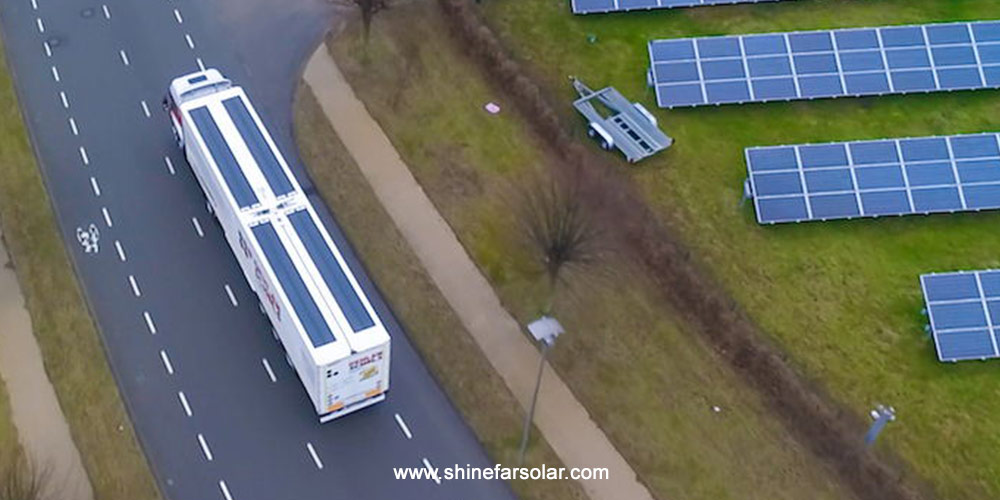
3. Communication/communication field
Solar unattended microwave relay station, optical cable maintenance station, broadcasting/communication/paging power supply system; rural operator telephone photovoltaic system, small communication machine, soldier GPS power supply, etc.

4. Petroleum, marine and meteorological fields
Oil pipeline and reservoir gate cathodic protection solar power generation system, life and emergency power supply of oil drilling platform, marine exploration equipment, meteorological/hydrological observation equipment, etc.
5. Household lighting power supply
Such as solar garden lights, street lights, portable lights, camping lights, mountaineering lights, fishing lights, black lights, percussion lights, energy-saving lamps, etc.
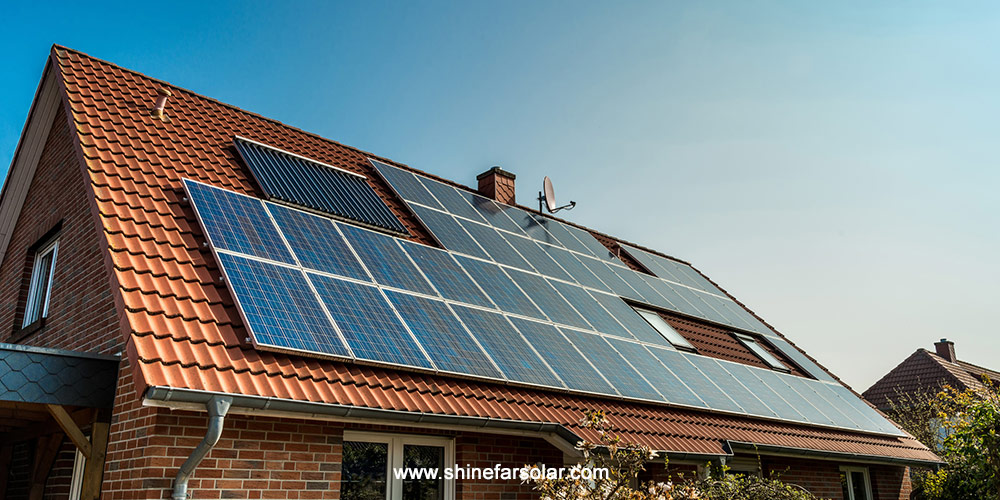
6. Photovoltaic power station
10KW-50MW independent photovoltaic power station, wind-solar hybrid power station, various large parking lot charging stations, etc.
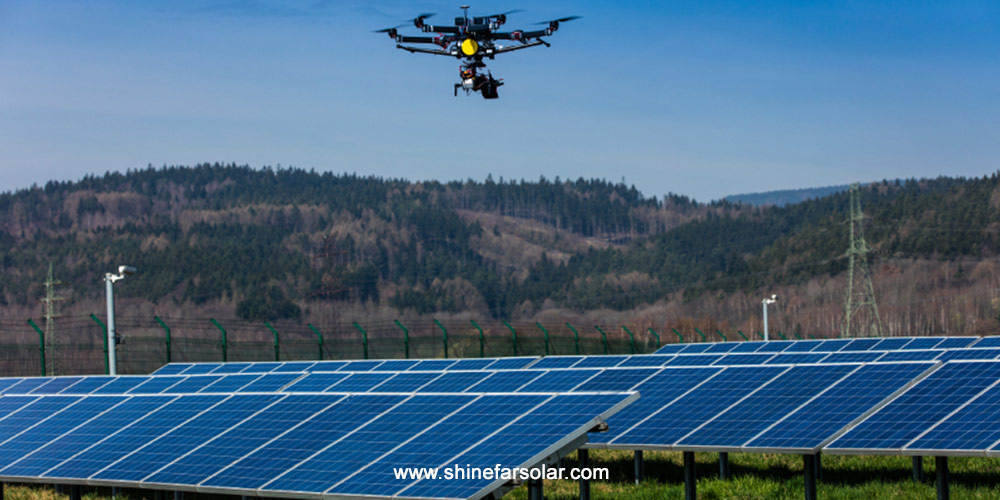
7. Solar buildings
Combining solar power generation with building materials to enable future large-scale buildings to achieve self-sufficiency in electricity is a major development direction in the future.
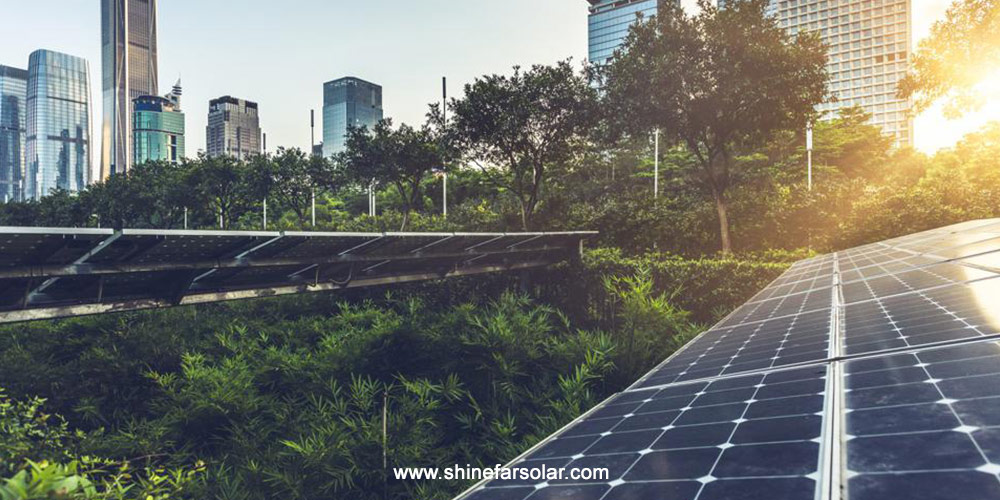
About us
Shinefar Solar is one of leading global manufacturers of solar modules and solar systems. Our solar modules production capacity reaches 1.2GW and we have our own fully automated production line which ensures the quality is strict and stable.we can produce market mainstream solar modules ,including large size, MBB, high efficient single glass and double glass modules, both mono and poly, full cells and half cut cells.All our modules have TUV,CE,SGS,INMETRO,CQC,ISO9001, ISO14001 Certifications.



